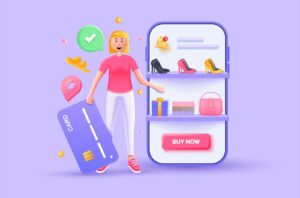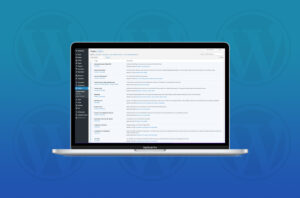First impressions are everything. Many store owners spend time tweaking their homepage, but often forget about the importance of a well designed and executed product pages.
Choosing an appropriate way to showcase your products is essential, as it can either convert users to into paying customers, or have them click away from your store.
Below are 5 optimisation tips for eCommerce product pages to help drive your sales.
1. Hi-Resolution Product Images
It’s important invest time and effort into capturing your products in a specific aesthetic – trust me, it really pays off. Your product shots should be nothing short of amazing, and as a visitor, we should be drawn into the page because of it.
Using high resolution product images allows potential customers to really see the amount of detail that goes into each product. Consider using a variety of images for each product (e.g. Front, back, close-up images) to showcase in higher detail what exactly comes in the total package.
2. Engaging Product Descriptions
Each product description should include a well-crafted, informative take on the product, along with sizing charts for each specific item where applicable. You will notice with many of successful online stores, their product descriptions are carefully written, and are extremely descriptive.
Try include enticing buzzwords and phrases like “built to last”, and “nothing makes for a more perfect gift, than this box of possibilities” that gets the reader excited about the product.
Your product descriptions should be written with a specific target market in mind, but also be simple enough for anyone to understand.
3. Sound SEO Elements
Top-performing product pages offer engaging content, high-resolution photos, a clear call to action, and solid SEO. Your product pages must include targeted keywords in the title, meta description and body copy to help search engines index find your site.
All data should be marked up so that pricing, shipping, reviews, and other details appear logically in the code. This also impacts search engine rankings.
4. Fast Loading
If your website is slow, expect your customers to leave. With the world becoming increasingly lazy, we want don’t want to wait for content, we want things instantaneous and to be fair, with today’s technology; we shouldn’t have to wait.
There are several ways to improve load times, such as upgrading your hosting to the premium servers, optimising your images and removing any unused or unnecessary code. You can also edit out redundancies to decrease the number of processes the server has to run. Google Pagespeed can automatically optimize different elements to shorten loading times as well.
5. Customer Reviews
People need reassurance before they buy, especially if they’re unfamiliar with your brand. Products with solid reviews and positive feedback highten your chances of converting visitors into paying customers. Try including a star rating review system to keep the feedback simple and easy to straightforward for your customers. Also try enticing customers with discounts for positive reviews.




